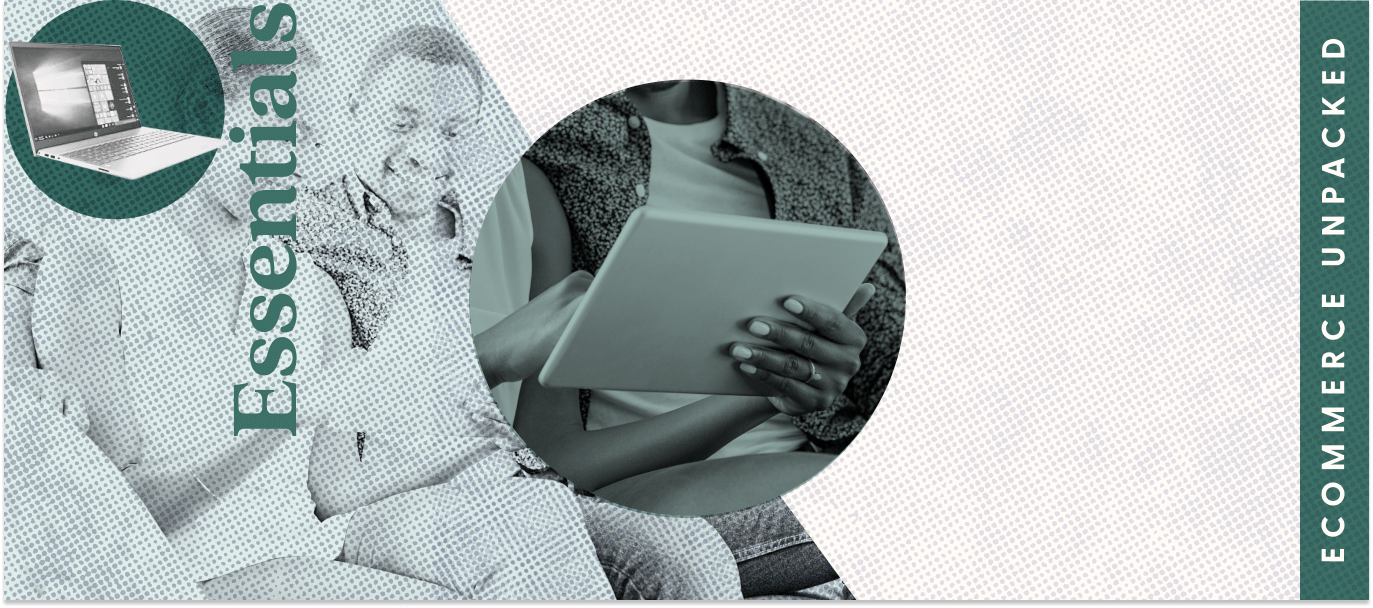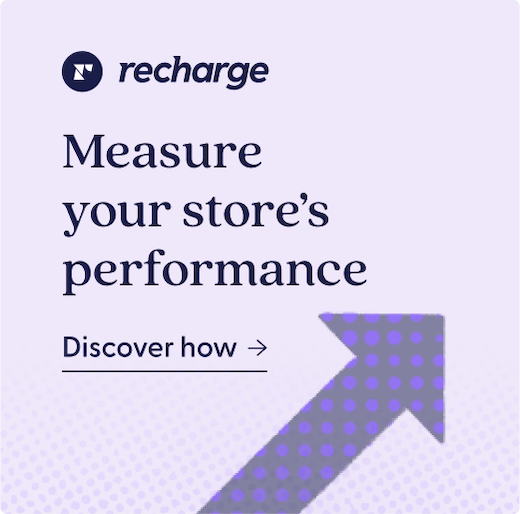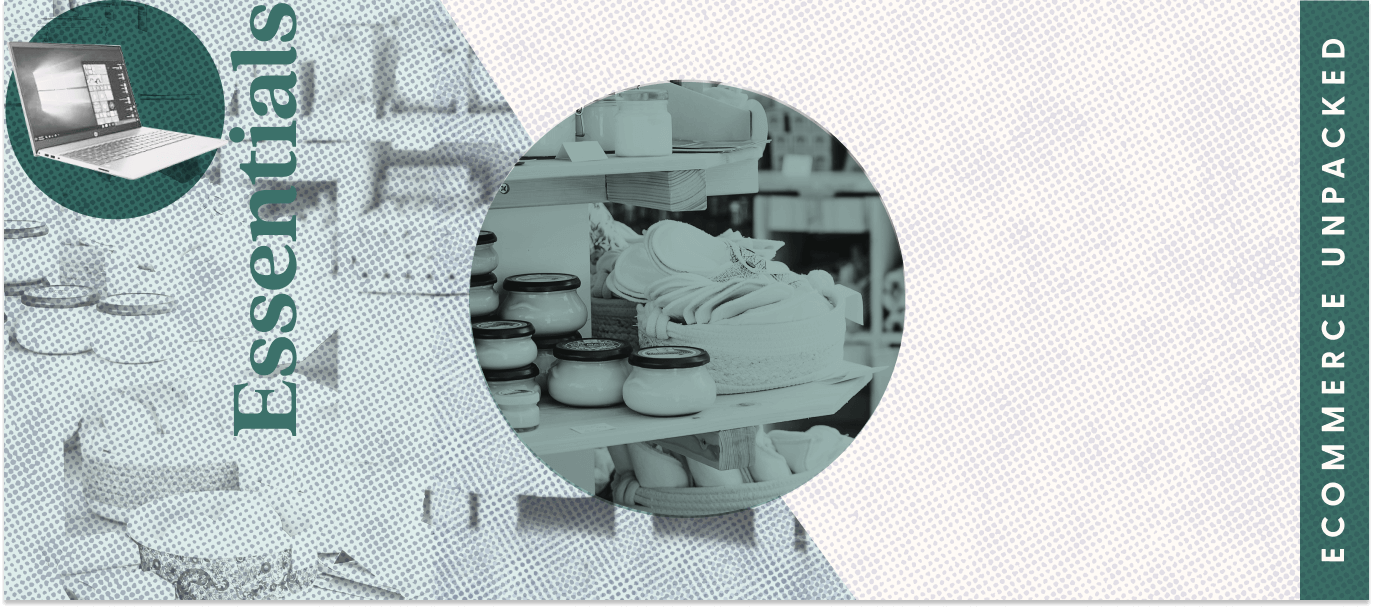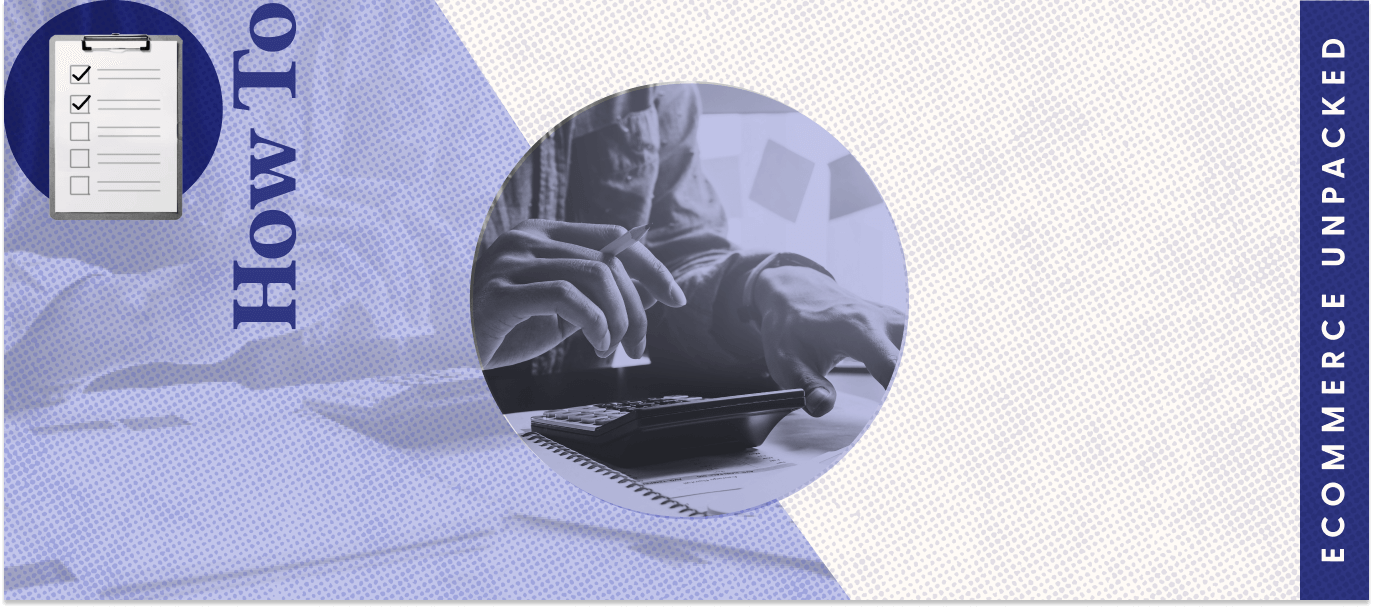Email marketing is one of the most important ways to reach your ecommerce customers.
In a study by Litmus, more than 90% of marketing professionals said email marketing campaigns are at least somewhat critical to their success. What’s more, the average ROI of every dollar spent on email marketing is $36, which is far higher than any other marketing channel.
To achieve this kind of marketing ROI, read on to learn how to design effective email marketing campaigns that help grow your ecommerce business.
Key takeaways
- Email marketing is a powerful ecommerce marketing tool, with an average ROI of for every
spent.
- Every email should be consistent in look, feel, and tone, contributing to a customer experience that matches the business’s website.
- The essential elements of an effective marketing email include a compelling subject line, interesting images, company branding, good copywriting, clear calls to action, and comprehensive footers.
- Best practices for email marketing include researching your audience, personalizing messages, staying on brand, using templates for efficiency, adding alt text for visual elements, using web-safe fonts, leveraging A/B testing, and measuring email performance.
What is email marketing design?
Email marketing design involves the form and function of the information you send to email recipients. Your email marketing design impacts your messages’ readability and the effectiveness of the user experience, which can then impact your engagement, click-through rates, and conversion rates.
Companies with exceptional email marketing design often codify their strategies, rules, and assets. When they develop a new email, they pull from those references rather than reinventing the wheel again and again. This way, they maximize the efficiency of their processes, while all the messages they send have a consistent look and feel to increase brand recognition.
Essential elements of a marketing email
A successful email marketing campaign is comprised of multiple well-crafted individual messages. Understanding the critical elements of these emails can help ensure that every message you send advances your marketing agenda.
These are the elements you should include in every email you send:
A compelling subject line
When consumers open their email inboxes, they see lists of subject lines. Those little bits of content serve as previews, telling them which email they want to open or discard.
On average, businesses achieve a 17% email open rate, according to Influencer Marketing Hub. To hit or surpass that average, make your email subject lines compelling to entice readers to open them. Consider A/B testing your subject lines to see what gets the best open rates, track your performance over time, and double down on the strategies that work.
Interesting images & design
You can talk about the benefits of your products and services at length in email copy, but showing potential customers what your products look like or how they work can have an even deeper impact.
Including images can also provide a visual break from lines of text, making it easier for consumers to read your emails all the way through.
Company branding
The more frequently you can expose consumers to your brand colors, fonts, logos, and voice, the more likely they are to remember you.
Think of branding as a form of future-proofing. You may send email messages to customers who aren’t yet ready to buy. Later on, when the urge to shop hits them, they may recall your brand and make a purchase.
Clear, engaging copywriting
With so many emails in your customers’ inboxes, it’s important to make your messaging clear, engaging, and to the point. Avoid including long, unbroken blocks of text, and keep your sentences punchy and your paragraphs short for easier reading and skimming.
Focus on communicating the reasons consumers should try your products or services, and make sure the voice and tone matches your brand guidelines, to ensure a consistent experience.
Clear CTAs
Your call to action (CTA) tells consumers what to do next. Use them sparingly, but ensure that they’re meaningful and clear.
For example, you might want consumers to make a purchase, sign up for a recurring subscription, and enroll in a rewards program. But if you put all three CTAs in your email, you’ll confuse your customers.
Each email should have one CTA, placed sparingly but prominently in your message. You can include CTAs in the form of clickable buttons to give your customers an easy, intuitive path to making a purchase.
Comprehensive footers
You’re legally required to tell customers who you are, where you’re located, and how they can opt out of future messages if they want. Place all of this critical data in your email footer, and add social media and website links for those who want to learn more about you.
Email design best practices
Here’s what savvy marketers do when planning their email campaign:
Research your audience
You may have hundreds of topic ideas for emails, but what do your consumers actually want to read about?
Dig into your email list and segment your contacts based on criteria like:
- New vs repeat buyers
- Customers loyal to just one item vs those who might be ready to branch out
- Customers ready to visit you in person vs who prefer online interactions
- Specific ages or demographics
The more you understand your audience’s interests and behaviors, the better you can serve them with the right messages.
Personalize your email messages
Email templates can streamline design and ensure all messages match your brand guidelines, but customers respond better to emails that are personalized. In fact, SmarterHQ reports that 72% of customers will only engage with emails that are tailored to them.
Personalize email messages by:
- Including your customer’s name
- Highlighting items they’ve purchased before and might want to replenish
- Discounting an item that has been lingering in their shopping cart
Keep mobile devices in mind
4 in 10 emails are read on mobile devices, according to Statista. You want your emails to look great and be easy to read, even on smaller screens.
Test your messages on mobile devices before you send them. Ensure the images scale, any clickable buttons are easy to tap, and the text is clear (and not too blocky).
Stay on brand
Stay consistent in your tone, voice, images, logos, and other elements. Your email marketing campaigns should work as an introduction to your website. Otherwise, your customer experience might feel disjointed, potentially causing confusion and limiting your sales.
Leverage templates for efficiency
Email marketing templates can make launching campaigns faster, easier, and more efficient. Start with a generic version provided by your marketing software, but make sure to tailor it to your audience and campaign.
Add alt text for visual elements
About 2.2 million people have some kind of vision impairment, according to the World Health Organization. Chances are, some of those people are included in your email marketing list. Alt text can help you connect with them.
Alt text is a tiny descriptor of each image included in your email message. People using screen readers and other assistive technology will use alt text to understand what you’re trying to convey with images and videos.
As an added bonus, that same text can help people engage with an email even when they’re in a space with a slow or low internet connection.
Use web-safe fonts
It’s tempting to experiment with fonts, especially if your tone is playful. But choose the wrong font, and you’ll render your email unreadable on some devices.
Web-safe fonts work across different browsers and devices, so all recipients can interact with your content. Safe choices include:
- Arial (sans-serif)
- Brush Script MT (cursive)
- Courier New (monospace)
- Garamond (serif)
- Georgia (serif)
- Tahoma (sans-serif)
- Times New Roman (serif)
- Trebuchet MS (sans-serif)
- Verdana (sans-serif)
Leverage A/B testing
Plenty of email marketing programs include A/B testing functionality. This allows you to create two versions of the same message. Your program will send each variant to a small portion of your list and record the performance of each. If one variant is a clear winner, it goes to the rest of your list, while the loser is discarded.
Testing like this can help optimize the performance of each email. You’ll also learn more about what works (and doesn’t) with each message you send, making you a better marketer over time.
Measure your email performance
What doesn’t get measured is difficult to improve upon. Dive deep into your performance after each campaign. How many people opened your messages (open rate)? How many clicked on a CTA button (click-through rate)? How many made a purchase (conversion rate)? How many unsubscribed?
Track these metrics for each email and each campaign, and try different tactics to improve them. Your goal should be for each campaign to perform better than the last.
Must-have ecommerce email marketing campaigns
There are numerous opportunities to use email marketing to move customers along your conversion funnel. Below are some essential email campaigns to consider building:
Welcome email
Companies send welcome email messages to new subscribers to do the following:
- Confirm their subscription: If the message bounces back, you know this address should be deleted from your system.
- Thank them for joining: This helps solidify the relationship you’re forming with this subscriber.
- Entice a purchase: Consumers are very engaged when they sign up for recurring email messages. Build on that by encouraging them to buy right away.
Cart abandonment reminders
Often, a customer will choose a product but not complete the purchase. This creates an opportunity to engage with that customer and make the sale.
Cart abandonment email messages invite customers to return to the site and finish the purchase. You can include a discount or offer to cover shipping costs to help close the deal.
Econsultancy reports that the average order value of purchases made through these emails is 14.2% higher than normal purchases, which could suggest that some companies include upsell opportunities in their reminders, too.
Curated product recommendations
Identify the ideal buyer for a product or service and you can send email messages to that customer segment.
This way, you’re sending something to them based on their habits, behaviors, or characteristics. This level of personalization can be more compelling for customers looking to make a purchase, as it shows that your brand understands their preferences and tastes.
Referral messages
These types of emails encourage your subscribers to essentially join your sales staff. Offer them a discount or perk for recommending your product or service.
Upsell/cross-sell emails
Upselling involves recommending a more expensive, more premium item to a customer instead of their original purchase. Cross-selling involves recommending an additional product to an existing or recent purchase. Both tactics can deepen your customer’s connection with your brand and boost your average order value.
Discount offers
A discount offer could encourage customers to buy something without breaking their budget on an item they can’t quite afford normally. Consider adding an expiration date to create a sense of urgency and encourage impulse purchases.
Order confirmation emails
Your customer placed an order and can’t wait for it to arrive. Set expectations with an order confirmation email. Remind your customers of what they bought, how much it cost, and when it will arrive.
Survey/feedback requests
Collect valuable feedback from your customers with a survey embedded in an email. Keep it simple. Even one question could give you actionable insights.
Reengagement/win-back emails
You’re sending email messages, but some consumers may not be interacting. A re-engagement email message can help turn things around before those people unsubscribe. Reach out with your best content and offer perks to win those customers back.
Thank you emails
If customers do you a favor by leaving a review, referring a customer, or otherwise helping to further your marketing plans, send them a thank you email to deepen that connection. Consider including a discount to ensure they know how much you appreciate them.
Connect with your target marketing through comprehensive design strategies
A well-crafted and implemented email marketing strategy can help you reach the right consumers with the right messages at the right time. Each message you send is a chance to grow your business.
Research your audience, be consistent in your branding, and show your products in their best light. Personalize your messages as much as you can and pay attention to what works, and you’ll be on your way to effective email marketing.
FAQs on ecommerce email marketing design ideas & best practices
How often should a company send marketing emails?
Experts don’t agree on a specific email marketing pace. Some companies send many emails, while others limit their interactions.
In general, it’s best to let your customers set the pace. Ask them what types of email messages they want to get from you, and ask them how often they want to hear from you. Base your schedule on this feedback.
What does an email design system include?
Email marketing design systems include templates, images, logos, standards, and templates. Think of them as a one-stop shop for all of your email marketing needs.
How do you prevent marketing emails from going into the spam folder?
Ensure that you use opt-in technologies. Everyone who gets your email messages should expect them because they asked for them. Next, clean up your lists regularly and remove any addresses that don’t work.
Finally, ensure that your messages are relevant and interactive. The more consumers participate, the more useful your emails will seem to email platforms like Google.
Sources
[1] Email Marketing Revenue Worldwide from 2020 to 2027 (Statista)
[2] State of Email Report (Litmus)
[3] How Many Emails Are Sent Per Day in 2022? (Tech Jury)
[4] Average Email Open Rates by Industry 2022 (Influencer Marketing Hub)
[5] 50+ Eye-Opening Branding Statistics: 2022 Edition (Small Biz Genius)
[6] Mobile Email Statistics (True List)
[7] 3 Strategies to Earn Consumer Trust in Email Marketing (Harvard Business Review)
[8] Mobile Internet Usage Worldwide: Statistics and Facts (Statista)
[9] Blindness and Vision Impairment (World Health Organization)
[10] Best Web-Safe Fonts for HTML and CSS (W3 Schools)
[11] The Benefits of Using Cart Abandonment Emails (Customer Think)
[12] How to Embed Survey in Emails? A Step-by-Step Guide (Zonka)



